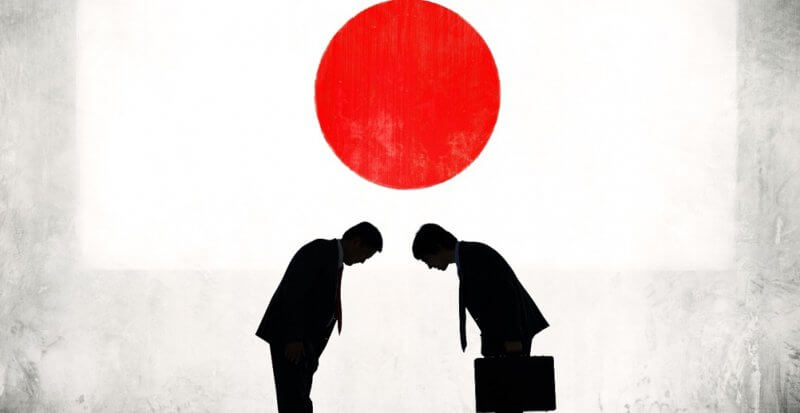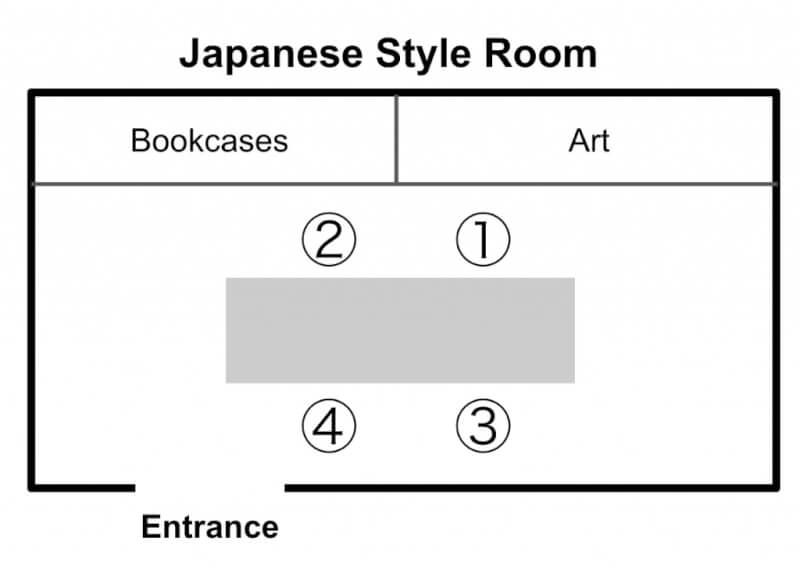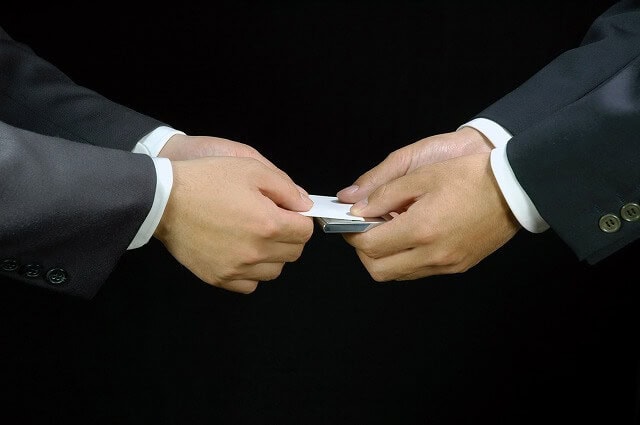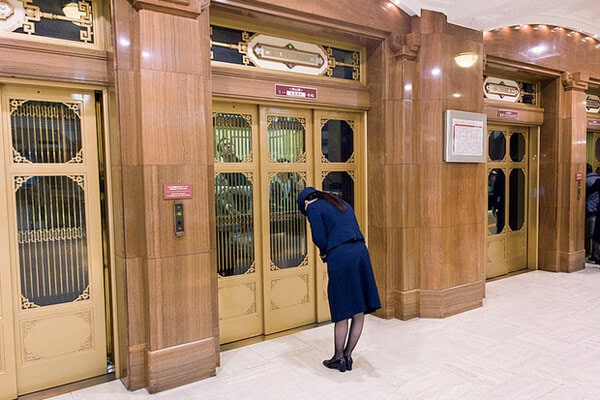People are often afraid to start a business in Japan for a number of reasons. Japanese culture is very strict. When meeting with a Japanese partner, you should consider a few things that will help you to increase your chances of success. chance to close that deal and make that big deal.
In this article, we will demonstrate to you why doing business in Japan is not only possible, but also simple and not as difficult as people think. We will share tips when you do business in Japan to help you expand your market and increase your interaction with international friends.

Important Japanese Business Etiquette To Remember
Don't Be the First to Sit Down
When you walk into a meeting in Japan, you need to pay attention to the etiquette in this place. Professional business etiquette requires that you wait for your host to say, “Sit down,” before you sit down. This is not a purely Japanese business etiquette, it is something to be expected of you everywhere in any formal meeting. Remember that the Japanese attach great importance to politeness and respect for seniors or elders (whether by age or position).
Note: Things You Need to Know About Studying Abroad in Japan
Meeting Seating Arrangements
Like other countries, Japan's business culture is also hierarchical in seating arrangement. The Japanese attach great importance to sitting in order of high-level individuals or more experience for lower-level employees. Likewise, guests are treated similarly and seated in a hierarchy.
As a result, Japanese business culture places considerable weight on status in business and social relationships. Also, another important thing to note is that the person with the highest status sits next to the meeting leader or gicho (議長) of the meeting, and the seating arrangements vary with different layouts.

Take Off Your Coat
An often overlooked Japanese business etiquette is to take off your coat outside a building or meeting room. You should always remember to take off your coat when out in the office or meeting room so as not to hinder others from moving freely in the aisle or lobby.
In Japanese business etiquette, it is considered a professional practice to fold your jacket around your arm before entering the meeting room, and you can leave it in a suitable spot.
Note: Things You Never Knew About Japanese Culture
Learn Some Japanese Business Phrases
You don't have to be fluent in Japanese to get the message across to anyone you meet. Using a Japanese phrase from time to time to communicate with Japanese customers shows that you take their culture very seriously and that you are making an effort to understand more.
You can start by choosing phrases you can use to exchange business cards, greetings, and to express affirmation in business conversations.
Ohayougozaimasu – Good morning.
O-genki desu ka – How are you?
Hai, genki desu, doumo – I'm fine, thank you.
Two – Yes.
Iie – Nope.
O-negai shimasu – Please.
Arigatou – Thank you.
These lines will help you a lot. This ritual will help make a lasting impression on the customer.
Note: Hottest Languages to learn today
Exchange Business Cards: Always Put Business Cards Below

While exchanging business cards with clients, make sure the business card is placed below their business card. Because this is a common Japanese business etiquette to show respect to partners. In other words, putting your business card on top of theirs would imply that yours is more important, and you wouldn't want your customers to have the same impression of you.
Enjoying a Cup of Tea During the Meeting
It is a custom in Japan to serve tea at meetings. Tea is usually served by low-level staff in the room. However, this may not happen if the company has a dedicated receptionist.
When you're served tea at a Japanese business meeting, don't rush to take a sip. You should wait for the customer to take a sip first to show respect to the partner with whom you plan to enter into the agreement.
See You Again
After meeting a Japanese client, you should walk to the door before saying goodbye. However, if your customer needs to take the elevator, you should walk to the elevator (not the front door). Hit the elevator and wait for customers to come along – don't let them wait alone, go together!
Also, you should say goodbye when they get on the elevator. Since bowing is an aspect of showing respect to guests, individuals or elders, this will be a plus for your transaction and also make a lasting impression when bowing shows respect and waits. Wait until the elevator door closes.

Note: Compare The Difference Between Japanese And Chinese
In short, proper application of Japanese business etiquette is a "key" to fostering long-term business relationships. Moreover, it promotes cooperation and opens the door for future transactions. If you have not mastered the "tricks" of doing business in Japan, do not worry because even those who have lived in Japan for a long time may not fully understand this issue. So take advantage of what you can to succeed when doing business in Japan.
And if you're ready to take the next step and come to Japan to expand your business, we can support you every step of the way. From translating emails or translating any written document into Japanese to get you the best preparation for doing business in Japan.
You are interspersing posts The Knowledge You Need When Doing Business in Japan of Idichthuat. Hopefully, the article will help you gain more useful knowledge about Japanese business culture. If you have a demand Accurate Japanese translation Please contact us for the best support.
Contact us today for the fastest service quote and consultation.
| ✔️ See more related information: | 👉 Reliable, Cheap, Professional Swedish Translation Chuyên |
| 👉 The Most Professional Electronic Translation | |
| 👉 Quick Translation of Seafood Documents | |

Nguyen Trung Khang - Talented interpreter and translator, passionate about translation
Nguyen Trung Khang is a talented interpreter and translator, with many years of experience in the field of translation and linguistics. He graduated from Ho Chi Minh City University of Education, majoring in Linguistics in 2015.
After graduating, Mr. Khang participated in a professional interpretation and interpretation training course at the University of Foreign Languages - Hanoi National University. He achieved a high-level certificate in interpreting and interpreting, and was also awarded a master's degree in linguistics.